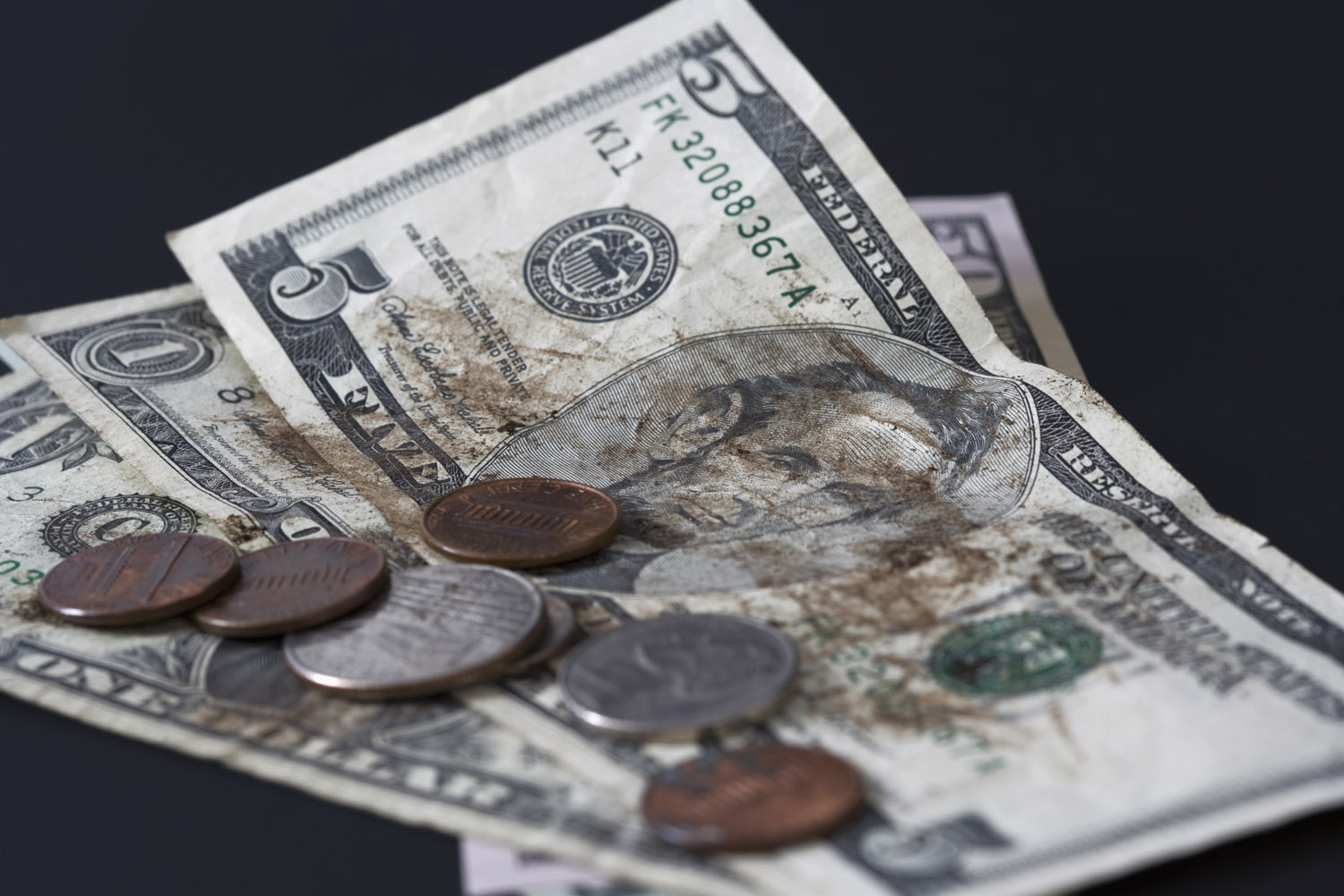
There may come a day when theme park companies see a backlash among vacationers, who refuse to pay ever-high admissions prices. But that day hasn’t come yet.
Late last spring, in what’s become an annual event timed to coincide roughly with the end of the school year, the nation’s big theme parks hiked admissions prices. Universal Studios acted first, raising the price of a one-day adult ticket to $92 (“just” $86 for kids), and Disney soon followed, increasing a single day’s park admission from $89 up as high as $95 for adults. Those prices don’t include taxes; once they’re tacked on, entrance to Walt Disney World’s Magic Kingdom costs over $100 per adult, without factoring in parking, food, lodging, or any other costs.
The price hikes have come to be expected, but that doesn’t mean they’re welcomed. As one Theme Park Insider commenter grumbled:
Disney, of course, feels that it does offer a product worthy of the price, and based on visitation and guest spending data from last year, the market seems to agree.
(MORE: The Lego Movie Review: Socialist Toys Are Just Another Brick in the Wall)
The Orlando Sentinel reported that during the last three months of 2013, attendance was up in central Florida’s Walt Disney World, but down in California’s Disneyland—and essentially flat overall. That may sound less than ideal, but it’s not necessarily a bad thing. Had Disney skipped the admissions price increase in 2013, attendance may have been boosted. At the same time, the parks would have been even more crowded than they already are.
The result of hiking admissions fees is that parks have maintained strong visitation numbers without totally ruining the experience due to parks being overcrowded, while simultaneously milking more money out each park guest. Per-guest spending increased 8% in the last quarter of 2013, due to higher ticket prices, as well as strong spending on food, beverages, and souvenirs.
If this is the net result of increasing admission rates, Disney will happily and without hesitation continue to hike ticket prices down the road. Based on tourist behavior, there appears to be very little downside to doing so.
SeaWorld may have even raised prices last year specifically with the intention of lowering the number of visitors to its theme parks. Over the summer, by which time it was clear price hikes were hurting attendance, SeaWorld Chief Executive James Atchison said it was all part of the plan. “We feel good about the strategy and what it’s doing for us,” Atchison told investors. “Having a couple fewer bodies in the park is also good for our ratings and the experience as well, and we save operating cost.”
The strategy seems to be working. Despite an attendance slump during parts of 2013, and despite bad publicity for SeaWorld brought on by ‘Blackfish,’ a documentary accusing the company of poor treatment of whales, SeaWorld recorded a record-high $1.46 billion in revenues for the fiscal year, according to CNN.
(MORE: Why One Theme Park Swears It’s Happy to Be Attracting Fewer Visitors)
Likewise, despite raising admissions prices to heights that seem ludicrous to some, Universal Studios parks aren’t finding it difficult to attract guests. In fact, just the opposite is true. As the New York Times noted in a story about Universal’s plans for expansion of its Harry Potter-themed attraction, the main problem is “gridlock” in parks due to XXL Hagrid-sized crowds—people who “routinely wait more than an hour just to get into a shop that sells wands.”
This is a good problem for a theme park to have.
More Must-Reads from TIME
- Donald Trump Is TIME's 2024 Person of the Year
- Why We Chose Trump as Person of the Year
- Is Intermittent Fasting Good or Bad for You?
- The 100 Must-Read Books of 2024
- The 20 Best Christmas TV Episodes
- Column: If Optimism Feels Ridiculous Now, Try Hope
- The Future of Climate Action Is Trade Policy
- Merle Bombardieri Is Helping People Make the Baby Decision
Contact us at letters@time.com